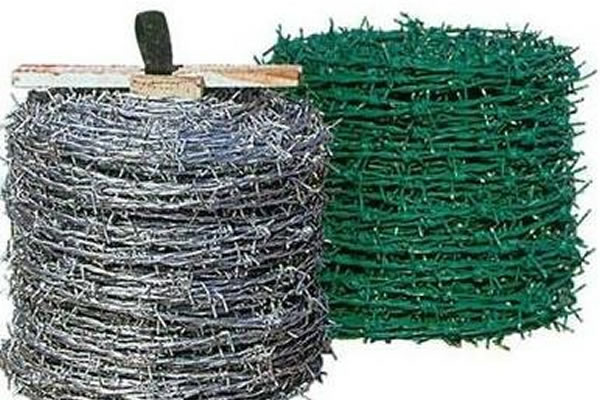 TEL:
+86-13102802206
TEL:
+86-13102802206
 Email:
fencenetting@china.com
Email:
fencenetting@china.com
 Language
Language
 TEL:
+86-13102802206
TEL:
+86-13102802206
 Email:
fencenetting@china.com
Email:
fencenetting@china.com
 Language
Language


Tying Barbed Wire to a Post A Comprehensive Guide
Barbed wire has long been used in agricultural and industrial settings for fencing and security purposes. When properly secured to a post, it can effectively keep livestock contained and protect property from intruders. In this article, we will explore the process of tying barbed wire to a post, ensuring that your fence is not only sturdy but also durable for years to come.
Materials Needed
Before you start the tying process, gather the necessary materials
. You will need1. Barbed wire Choose the right gauge and type based on your specific needs. 2. Fence posts Wooden or metal posts can be used, but ensure they are sturdy and appropriately positioned. 3. Wire cutters Essential for cutting the wire to the desired length. 4. Pliers To bend and secure loops in the wire. 5. Gloves Safety first! Barbed wire can be sharp and may cause injury.
Step-by-Step Process
1. Preparation of the Post The first step is to prepare the fence post. Ensure that it is firmly planted in the ground and standing upright. The height of the post should be tall enough to accommodate the barbed wire fencing requirements. If you are using wooden posts, it may be helpful to treat them with a preservative to prolong their lifespan.
2. Cutting the Wire Next, cut a length of barbed wire to slightly exceed the distance between the posts. This extra length provides a bit of leeway for tying and securing the wire without excess tension that could lead to breakage or misalignment.

3. Attaching the Wire to the Post Start by placing one end of the barbed wire against the post. Wrap the wire around the post in a clockwise direction. Leave a little slack, as you want to allow for some adjustment later. Using the pliers, twist the wire tightly around the post, creating enough friction to keep it in place while you work on the rest of the fence.
4. Creating Tension Once the wire is securely wrapped around the post, it’s essential to create tension to ensure that the fence line remains straight. To do this, pull the other end of the barbed wire tightly toward the next post. This is where having a partner can be helpful; one person can hold the wire taut while the other ties it to the next post.
5. Securing to the Next Post Wrap the wire around the second post in the same manner as the first. You can repeat the process of tightening and securing until you have reached the desired height of your fence line. Depending on the type of barbed wire used, it may be necessary to add several strands.
6. Final Fixings After all the wires have been attached, go back to each post and ensure that the barbed wire is secured adequately. Use pliers to make additional twists if necessary to keep the wire from slipping. You can cut off any excess wire to keep the fence looking tidy, but always leave at least a couple of inches to avoid accidental unraveling.
7. Safety Check Last but not least, inspect the entire fence line for any sharp edges or loose areas. This is crucial in preventing injury to yourself, animals, or anyone else who may come into contact with the fence. If you notice sharp edges, consider using caution tape or other markers to signal danger.
Conclusion
Tying barbed wire to a post is a task that requires attention to detail and care. A well-constructed barbed wire fence can provide security and contain livestock effectively. By following the steps outlined above, you can ensure your fence stands the test of time. Remember that safety is paramount—always wear gloves and handle the barbed wire with care. With some patience and diligence, you'll have a durable and effective fence that meets your needs.